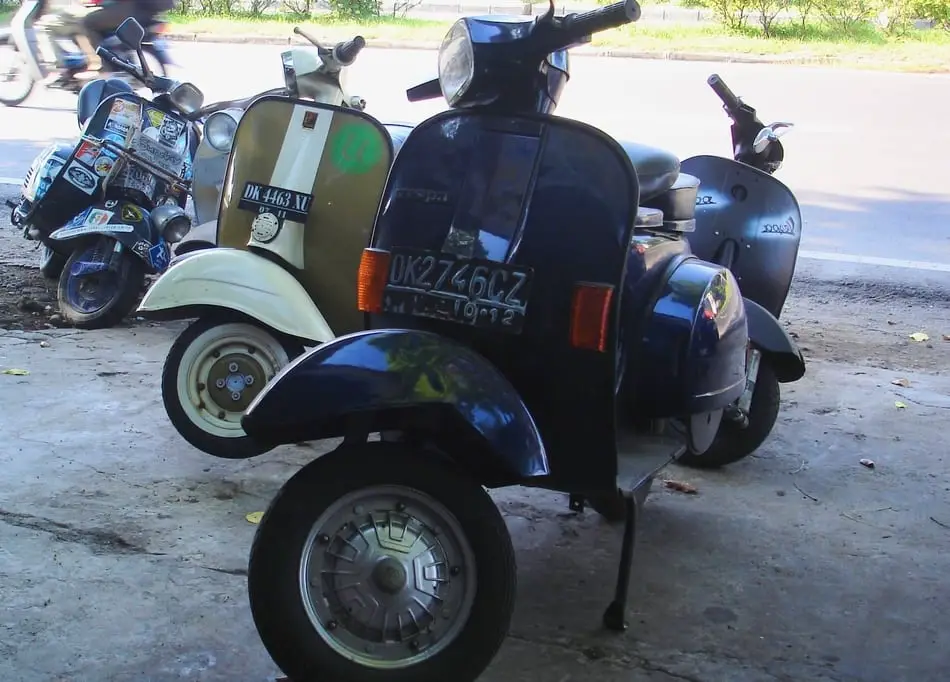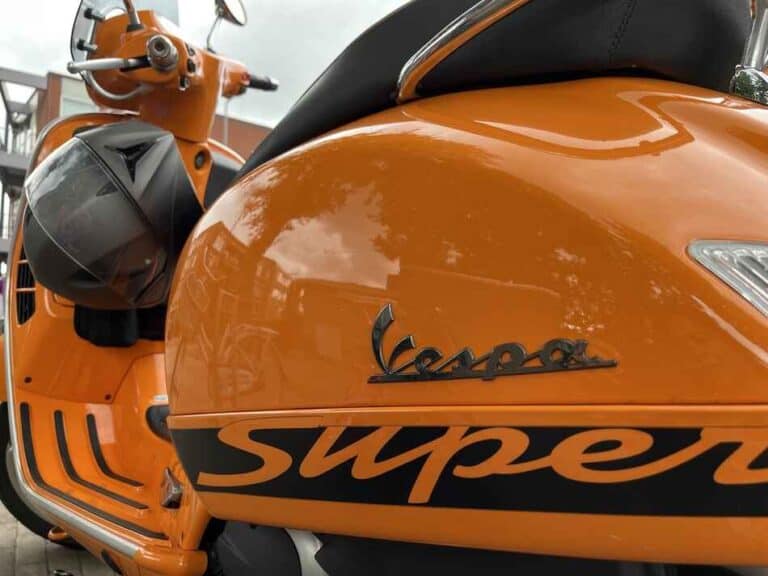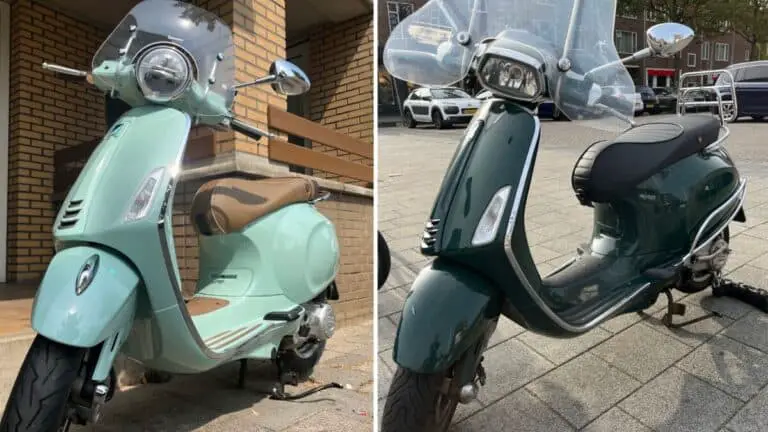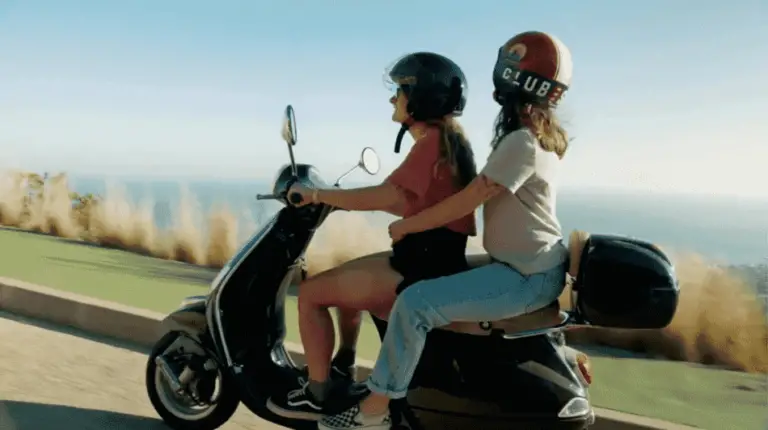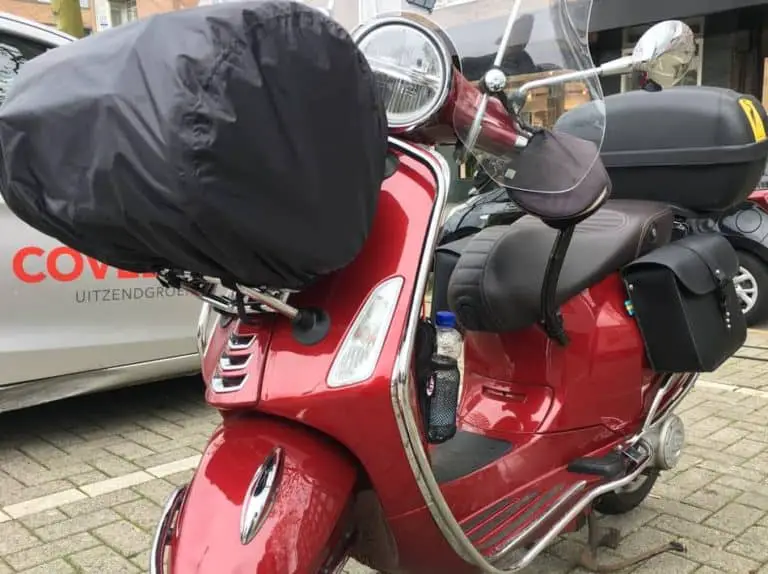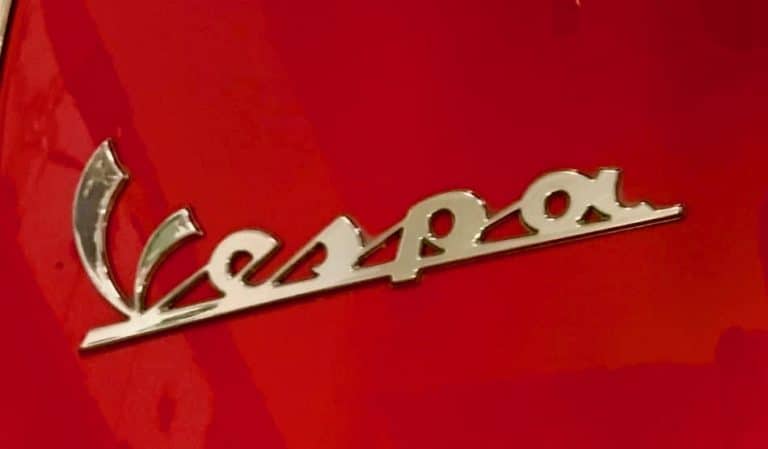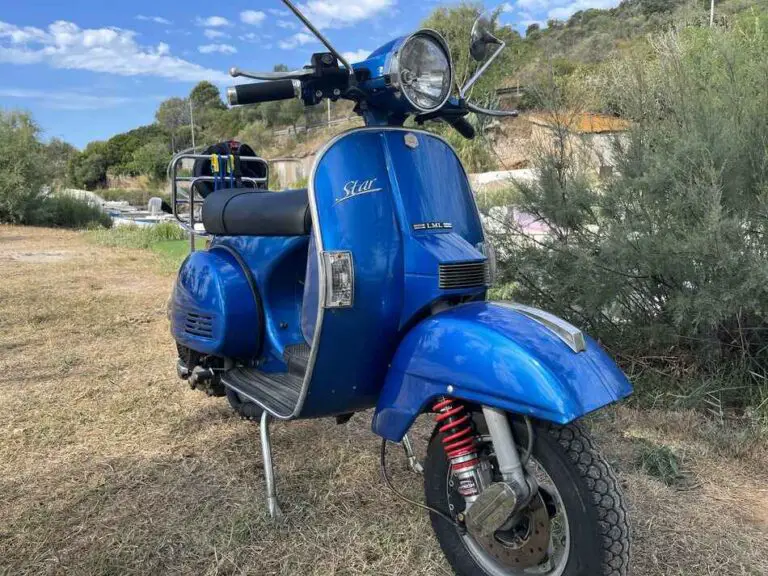Where Is The Vespa Made? Discover Where Yours Is From
Vespa is one of the most famous Italian products. Everybody can pretty much picture a colorful Vespa driving through the narrow cobbled streets in one of the many Italian cities. And since 1946 all the way to today Vespa has always been produced in the Piaggio factory in Pontedera Italy. However, over many years, Vespa has also been exported, sold, and made globally.
Until today all Vespas made for the European and American markets are produced in Italy. In the past, the classic Vespa was made under license in other countries as well such as the UK, France, and Indonesia. Since 2004 modern Vespas are produced in China and since 2012 also in India and Vietnam.
Vespa has been conquering the world almost from the very beginning. They have been extremely loved until they lost their popularity in the early 1980s due to competition from other scooter brands and mismanagement. In 1998 Piaggio managed a Vespa comeback and gained their place on the scooter market again.
Fortunately, the classic Vespa’s durability and style seem to be timeless. Unlike other scooter brands, Vespa has never lost popularity around the world. Curious why? Read more about it in the following article.
Is Vespa made in the USA?
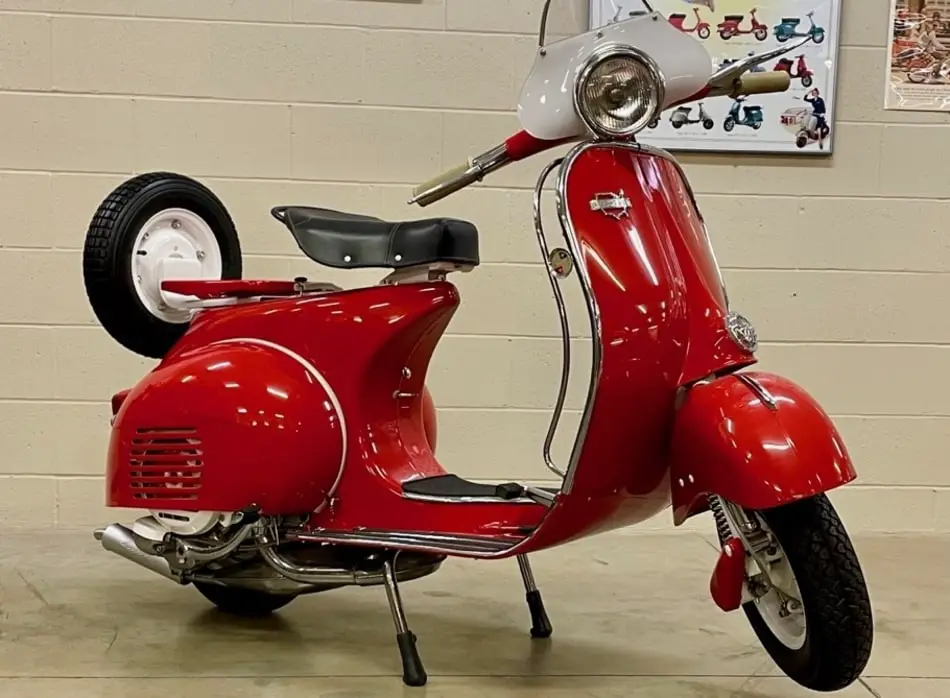
Piaggio has never produced any Vespa in the USA. They were imported exclusively by the Sears-Roebuck and Co department store and catalog from 1951 and were called “The Cruisaire” as part of their Allstate line. It was promoted as a two-cylinder super deluxe model that could travel up to 45 miles per hour.
With their slick Italian style, 3-speed gearbox and easy handling the Allstate Cruisaire became an instant success.
Buying a scooter at Sears went differently in those days. Instead of going to a dealer to pick up your new scooter like you would today, the Allstate Cruisaires would arrive at your doorstep in a big wooden box. If you needed parts or wanted to service the scooter you could do so at the Sears stores.
When the Vespa Allstate Cruisaires became a hit, Piaggio changed their minds and started opening their own stores as well in 1955.
In the 1970s Piaggio started the Vespa of America Corporation and imported models such as the Vespa Rally 200, the Vespa 90 Sport, the Vespa 150 Super, and the Vespa 125 Primavera. They had to be modified because of strict regulations. You can see reflectors on the side of these Vespas and the tail light is separate from the body. Moreover, the fuel tap was made bigger and there were indicators on the side panels and handlebars
While the Vespa seemed to be doing well in the USA, the Vespa Corporation imported the last PX150E (electric starter) in 1985. There were several reasons to halt the import of Vespas, such as the stiff competition from other bigger motorbikes such as Harley Davidson, Honda, and Yamaha. But the strong emission rules and the implementation of the product liability laws in the USA were the biggest cause of Vespa’s disappearance for two decades.
Don’t get confused if you do see scooters similar to the Vespa PX built between 1985 and 2017 called Stella. While the Stella scooter looks exactly like a Vespa, they were not produced by Piaggio at all. Instead, LML (Lohia Machinery) in India exported this lovable scooter to the USA and you can still see them driving around. Funny enough the Stella engine is just as good and reliable as that of the Vespa PX however the Stella was always sold for a lower price.
In 2000 Piaggio returned with a more advanced Vespa that checked all the requirements for the USA. It is more expensive than other scooters, but its worldwide image enables Piaggio to ask this much. The best sold European two-wheeler in the USA ever is the Vespa LX made in different styles.
In 2012 Piaggio opened its new Research and Development Center in Pasadena, California. Here they are working on styling, marketing, and developing new motorbikes and scooters with emission-free engines. And who knows maybe in the future Vespas will be made in the USA too.
Is Vespa made in India?
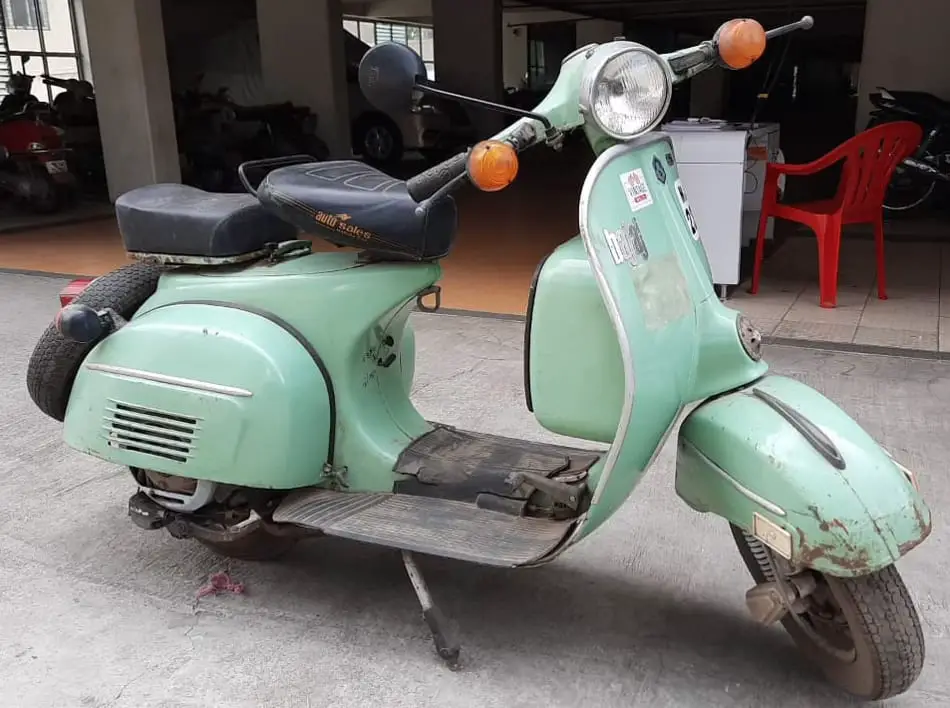
When Vespa started to become popular in Europe, they were soon imported to India as well in 1948. Subsequently, Vespas were made by Bajaj Auto Limited under license from 1961 in the Bajaj factory in Poona (Pune) in Maharashtra state, India. Due to renewed privatization regulations by the late prime minister of India, Indira Gandhi, Piaggio was only able to produce Vespa until 1972.
From then on Bajaj Auto Limited produced their own version of the Vespa until 2004 and it was called the Chetak. The Chetak looks almost identical to the classic Vespa. It became a huge success and many Indian people are still driving their beloved Chetak today.
Nowadays the Chetak has taken its own course and despite having similarities to the modern Vespa, they do not look the same anymore.
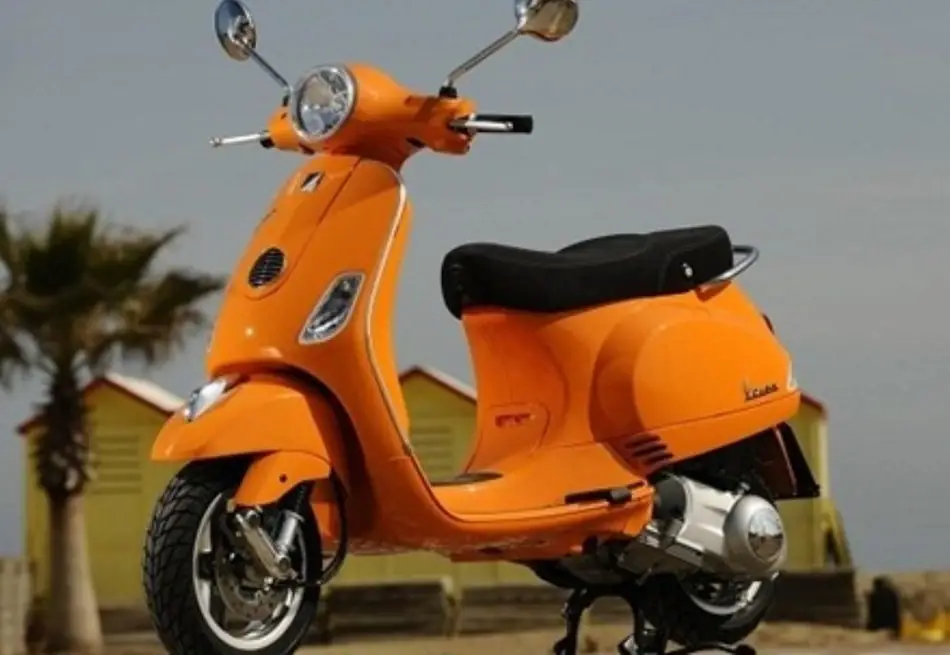
Since India is such a massive market for Piaggio they opened a brand new factory in Baramati in 2012. These models are made for the Indian, Bengal, Singalese, Pakistani and Nepalese markets. They are a bit different than those Vespas produced at the Pontedera factory in Italy because the quality of the oil is different in India. This means Piaggio had to alter the engines.
The body is somewhat slimmer and the footboard is a bit lower to make it more comfortable for women in saris to drive too. Popular models are the VXL, the SXL and while there are slight modifications they still look very similar to the European Vespa LX and Vespa S.
They are still a lot more expensive compared to the cheaper Honda and Yamaha scooters though. Piaggio is marketing the Vespa as a status symbol enabling them to hold a premium price tag.
Is Vespa made in China?
Since 2004 Vespas are also produced in the Piaggio Zongshen Motorcycle factory in Foshan, north of Macau. It is a joint venture between Piaggio and the Zongshen Group which is producing many motorcycles, mopeds, tricycles, boat engines, and agricultural machinery.
In 2011 Piaggio also opened a brand new research and development center in Foshan so they can cater more to the specific needs of the various Asian markets. This market is huge for Piaggio. The metropolitan area alone where Piaggio is working together with the Zongshen Group is home to 68.5 million people and this is just a ‘small’ area in China. Just like in India Piaggio is focusing on the higher class of Chinese society.
Is Vespa made in the UK?
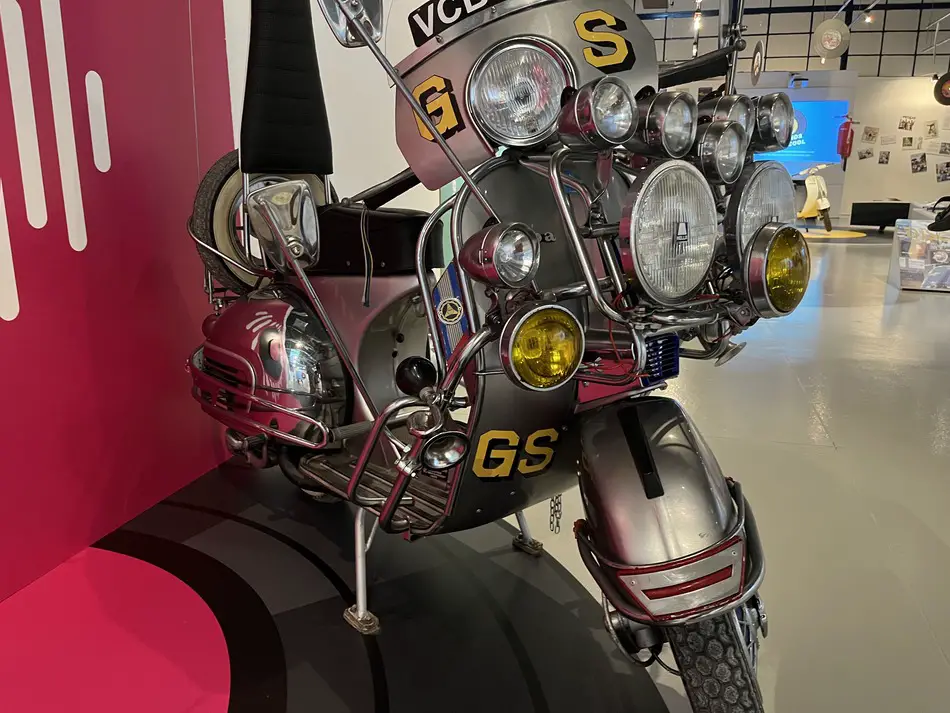
From 1951 Vespas were made under license by Douglas in Kingswood not far from Bristol. The Douglas company was taken over by Westinghouse in 1955. They produced the Vespa VBB150, the Vespa 150 GS, and the Vespa 125 until 1965.
Especially during the 1960s, the Vespa became an icon for many British because of the cult movie Quadrophenia where you could see the Mods driving their beloved Vespas. Many Vespa clubs were formed and even today the British are one the most fanatic Vespisti.
Unfortunately, Piaggio didn’t focus much on improving their scooters in the 70s and subsequently, sales dropped sharply. This also had to do with the rise of cheap and reliable Japanese scooters. Still, Westinghouse imported Italian Vespas until 1982.
It’s a pity that nothing special (unless you’re thinking of the Vespa PK-series) came out of the Pontedera factory in the ’80s and it was not until the launch of the Vespa ET2 in 2005 that sales in the UK picked up again. Nowaday, the Vespa LX, S, Primavera, Sprint, and GTS series are very popular.
Is Vespa made in Germany?
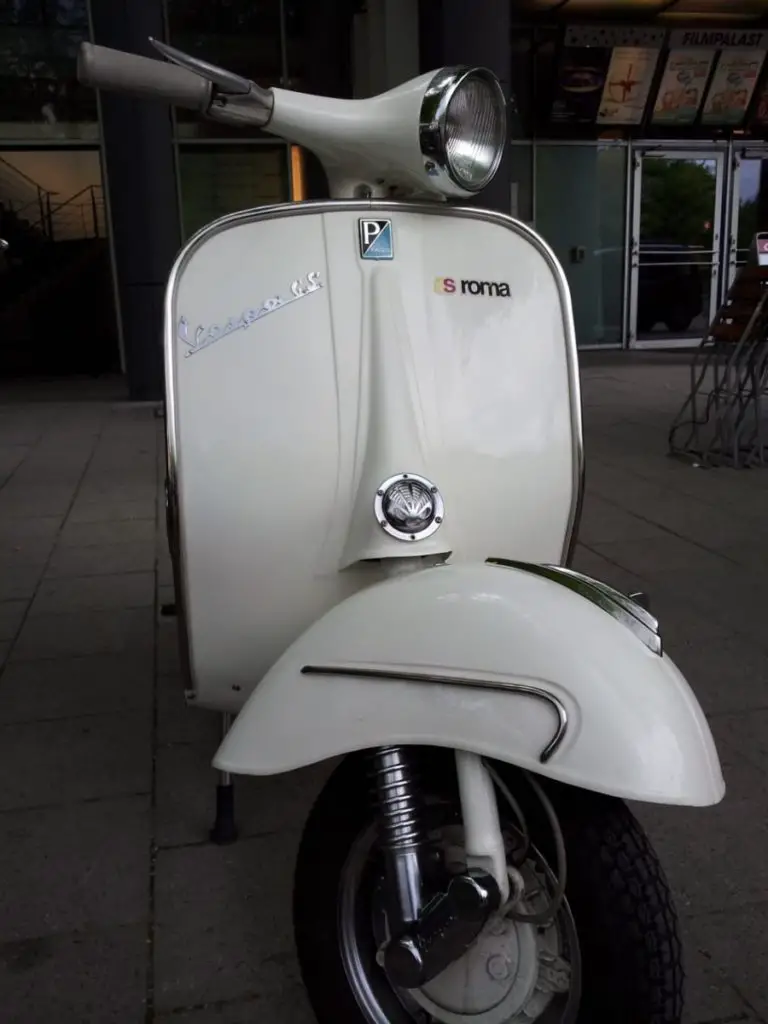
Vespa was made under license by Hoffman in 1950 in Lintorf just north of Dusseldorf and became a huge success in the first couple of years. Due to mismanagement, the company went bankrupt in 1954 and the Messerschmitt company in Augsburg took over the license until 1956. Here they build the Vespa 150GS and the Vespa Touren. After 1956 Messerschmitt stopped production and started to import Vespas directly from the Pontedera factory in Italy.
Since there was a lot of competition from other big German scooter brands such as Heinkel, NSU, and Zundapp with bigger engine displacements Messerschmitt stopped the distribution of Vespas in 1964.
Is Vespa made in France?
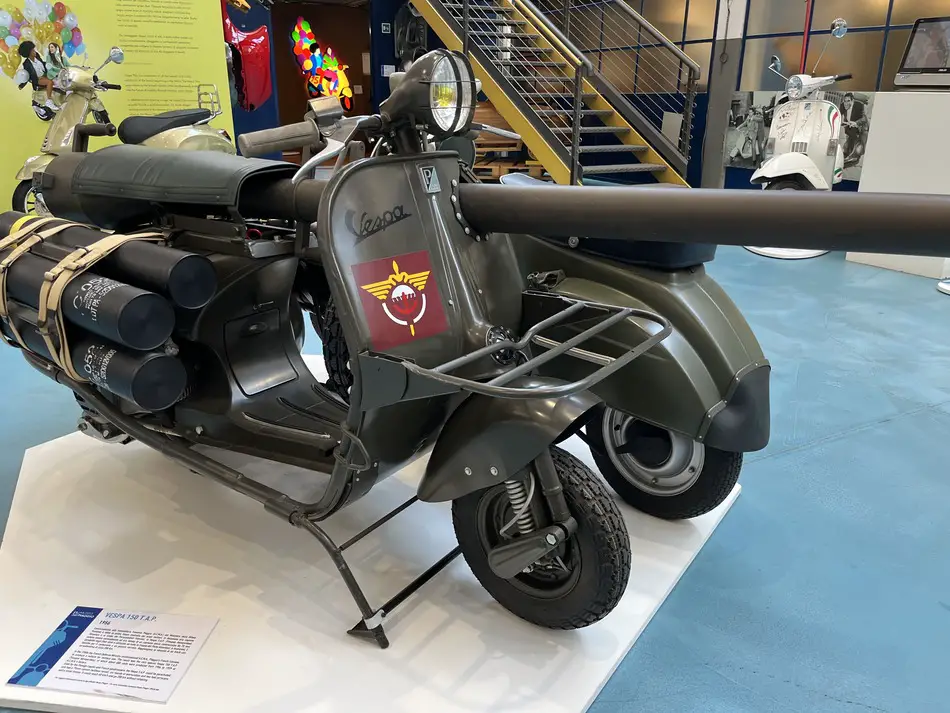
In France, Vespas were made under license by A.C.M.A. (Ateliers de construction de motorcycles et accessories) in Fourchambault since 1951. They produced the Vespa 125, Vespa 125 GL, and the military scooter Vespa TAP 59 (Troupes Aero Portees) also called the Bazooka Vespa.
The Bazooka Vespa is a unique scooter and only 500 scooters were produced for the French army. It had a reinforced frame so it could be parachuted and it had a 3-inch cannon to be used in emergencies. On the sides of this anti-tank Vespa, it had ammunition racks and a machine gun tripod.
Is Vespa made in Spain?
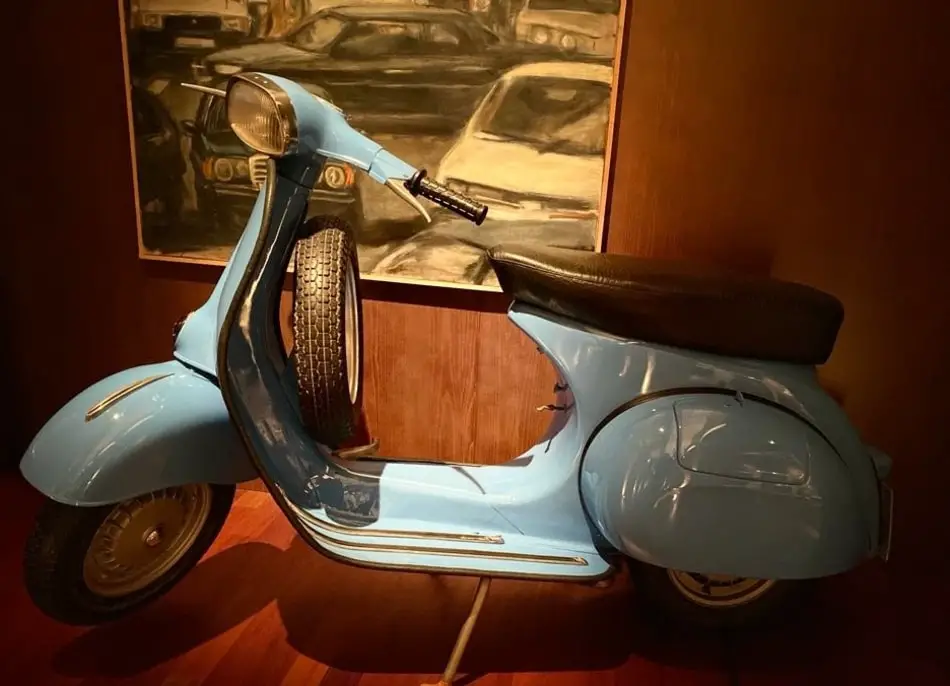
Vespa was made under license by Moto Vespa in Madrid in 1956. Here they build the Vespa 125 Super, the Vespa 50, the Vespa GT160, and the Vespa 150 Sprint. These Vespas became a success in Spain even when other European markets saw stiff competition from Asian brands.
Many Vespa clubs were started where Spanish Vespisti came together. Even during the 80s, Moto Vespa was selling many different types of Vespa PK series. Piaggio has never focused its marketing campaigns on only one type of customer but just like in Italy the Vespa was designed for everybody. This might explain their success but I think the Spanish weather has something to do with this as well.
Is Vespa made in Indonesia?
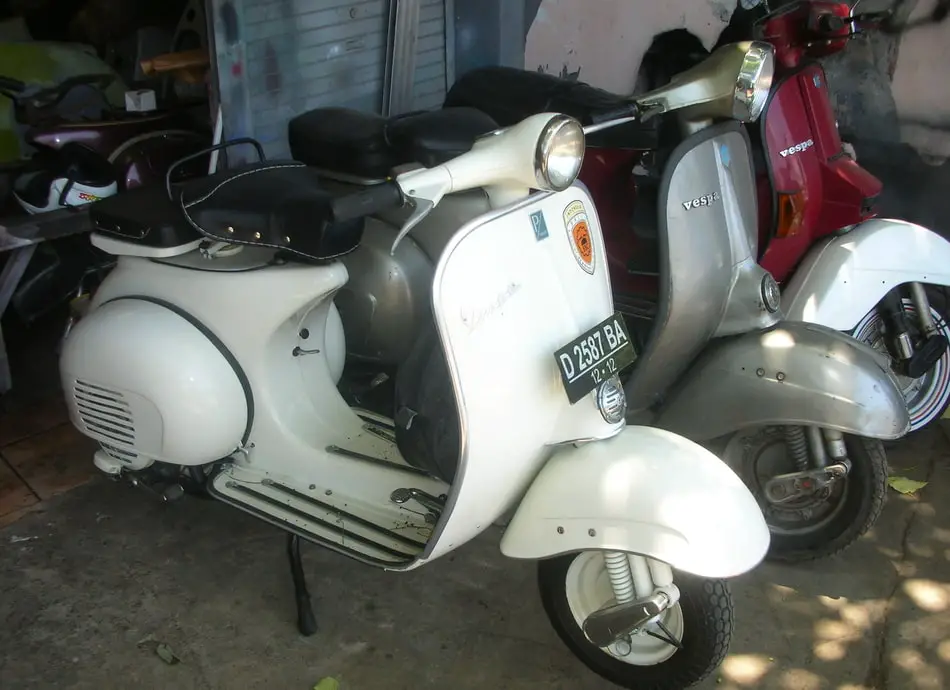
At the moment Vespas are not made in Indonesia and are imported from Italy. They are one of the most expensive on the planet as the government levies a heavy import tax on foreign vehicles. The Vespa GTS Super Tech can cost up to $10.000 US.
Classic Vespas were also made in Indonesia under license by Danmotor Vespa Indonesia (DMVI) in east Jakarta from 1972. Here they produced mainly the Vespa VBB 150 cc models and the Vespa 90 cc models. They became an instant hit because they were affordable and reliable.
Moreover, spare parts were produced as well in Indonesia. From 1972 until 2001 Vespas were produced in Indonesia and even exported to countries such as Thailand and Vietnam. This means that these latter countries never produced any Vespas. Yet today the classic Vespa market in Thailand and Vietnam is booming.
If you come across a beautiful restored Vespa online that you wish to buy, double-check if it is not imported from Vietnam as they are not that safe to drive. Use the list in the following article to determine what you are dealing with.
The Vespa community in Indonesia is the second biggest after Italy. Many clubs have been formed and many owners take pride in their Vespa. Some try to keep them as original as possible while other prefer the rat look or build a MADMAX scooter out of it.
We enjoyed watching the following video depicting the group of Indonesian for whom Vespa is their life.
Is Vespa made in Taiwan?
Vespas were first imported to Taiwan but in 1963 they were produced under Piaggio license. They also became a huge hit and with Taiwan growing into a powerhouse more scooters were bought than ever. Even today the scooter density is the highest in Taiwan than anywhere else.
Taiwanese people loved their Vespa because they were economical and reliable and parts were easy to get. Furthermore, most people live in apartments so it’s easy to park. Another aspect to think about is that many Taiwanese have been brought up with a scooter so it’s easy and cheaper to buy one than a car. Many cars had to be imported anyway and the government imported a heavy tax on these foreign cars.
At the end of the 70s going into the 80s, Piaggio lost a big part of the scooter market because of Japanese scooters. The Japanese also had joint ventures with other scooter manufacturers on the island and the Taiwanese liked the style, ease to handle, and cool technology. Piaggio was standing a bit on the sideline and did not come up with anything exciting. It’s the same story worldwide; you could see it in the UK, the USA, France, and now also in Taiwan.
Fortunately, Piaggio returned with the cool-looking ET 8 during the 1990s, and nowadays the Primavera, Sprint, GTS, and LX are gaining momentum. In Taiwan too they are positioned as luxury lifestyle scooters and I don’t see a reason why they will not be successful.

